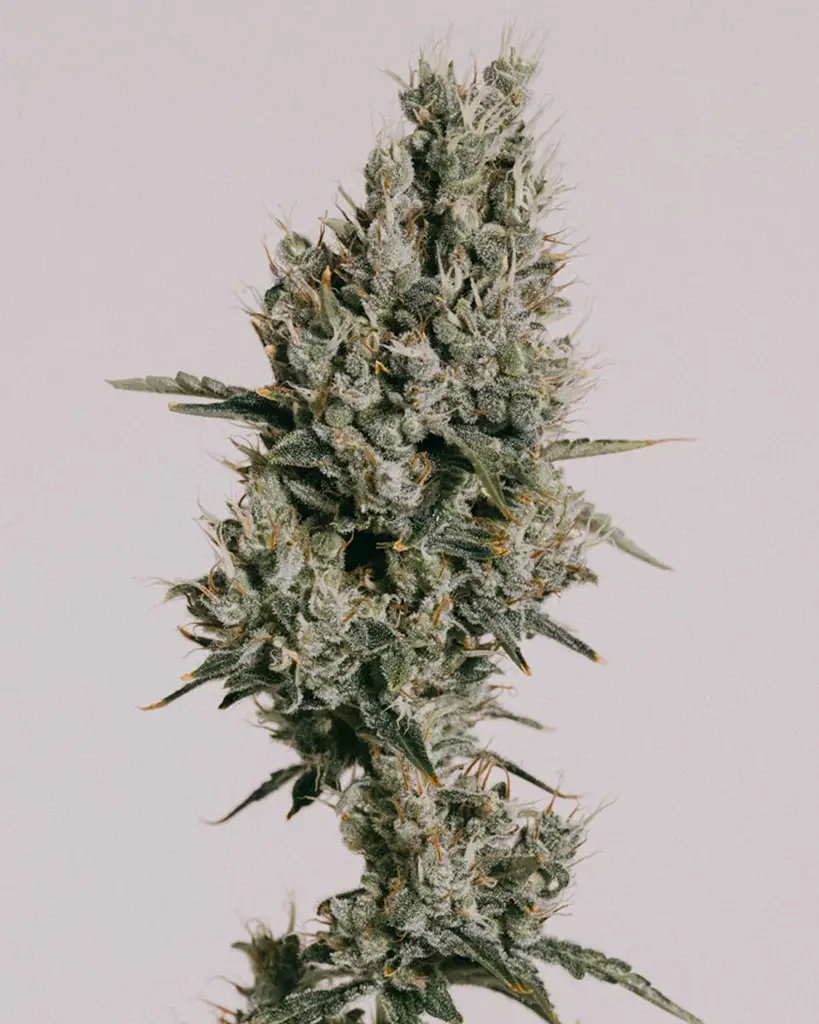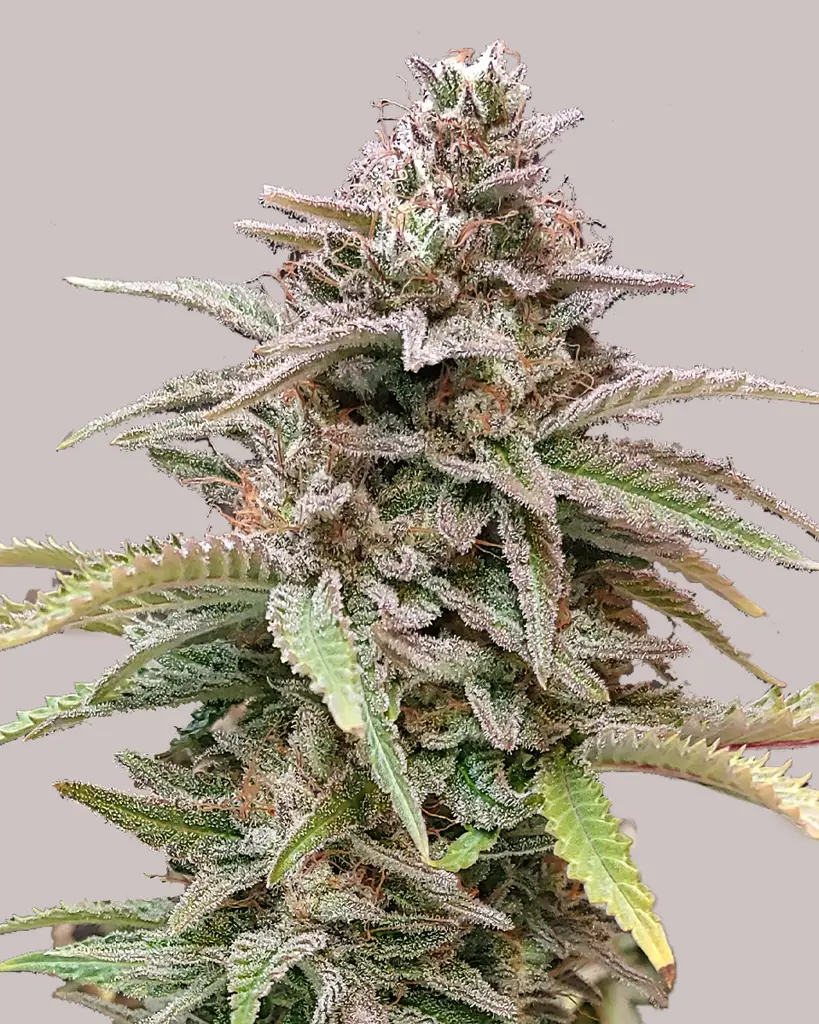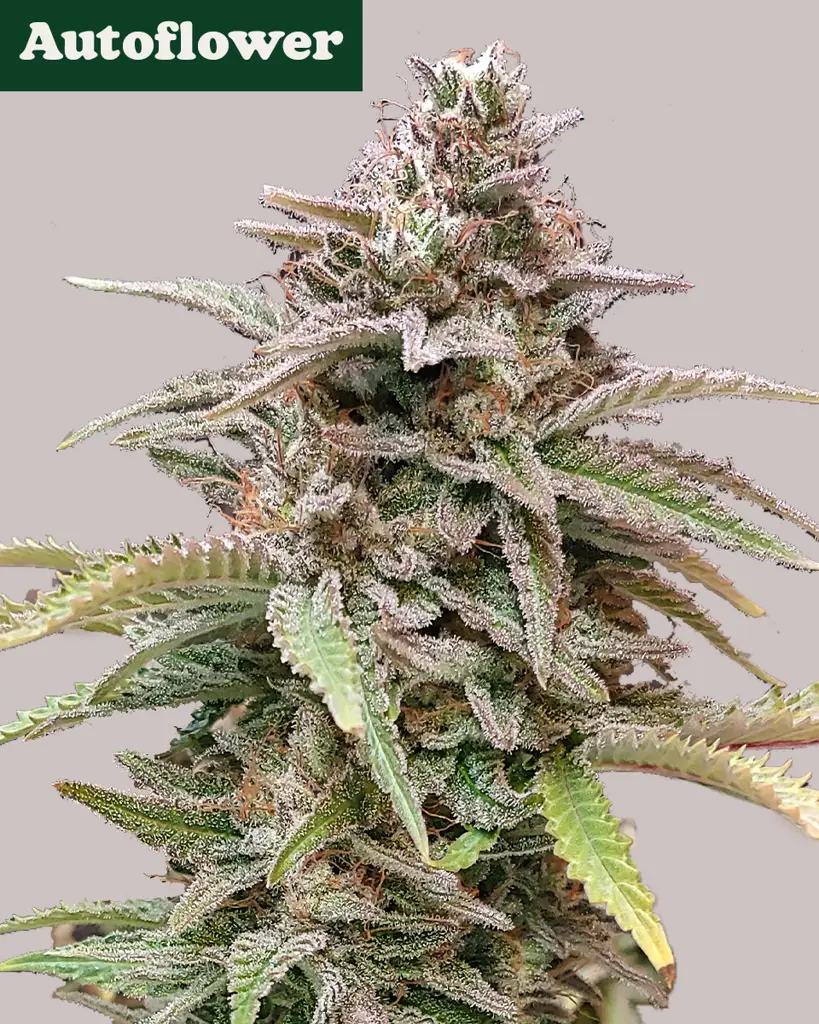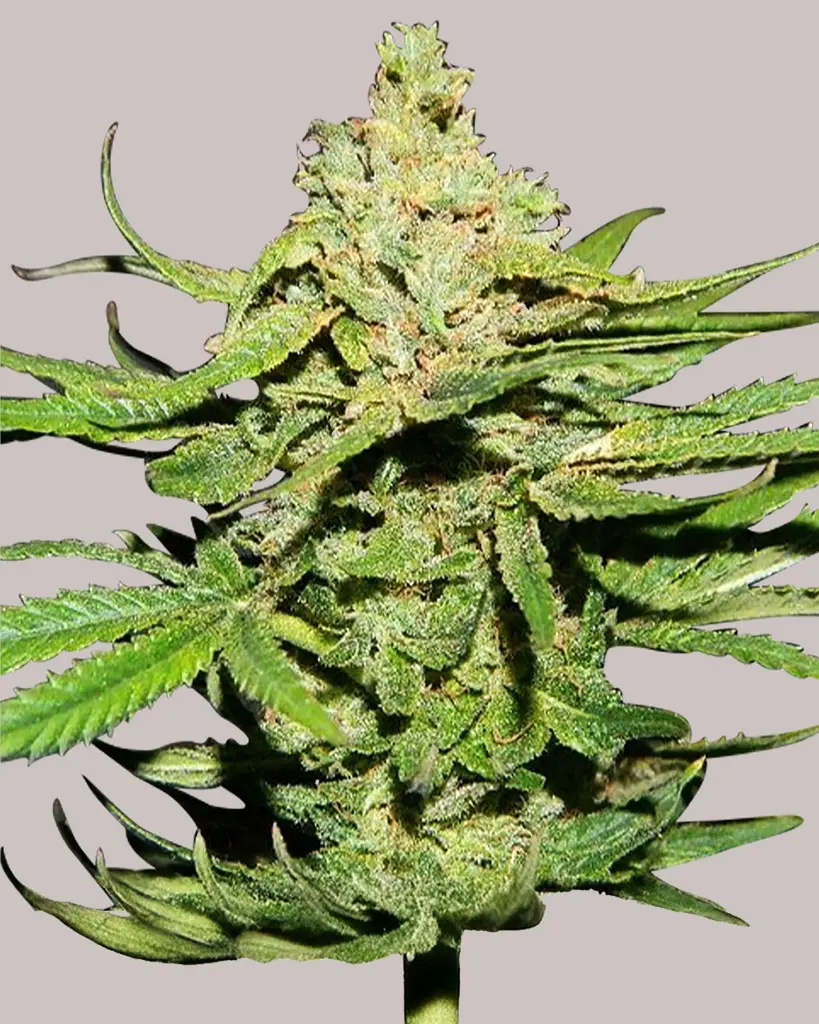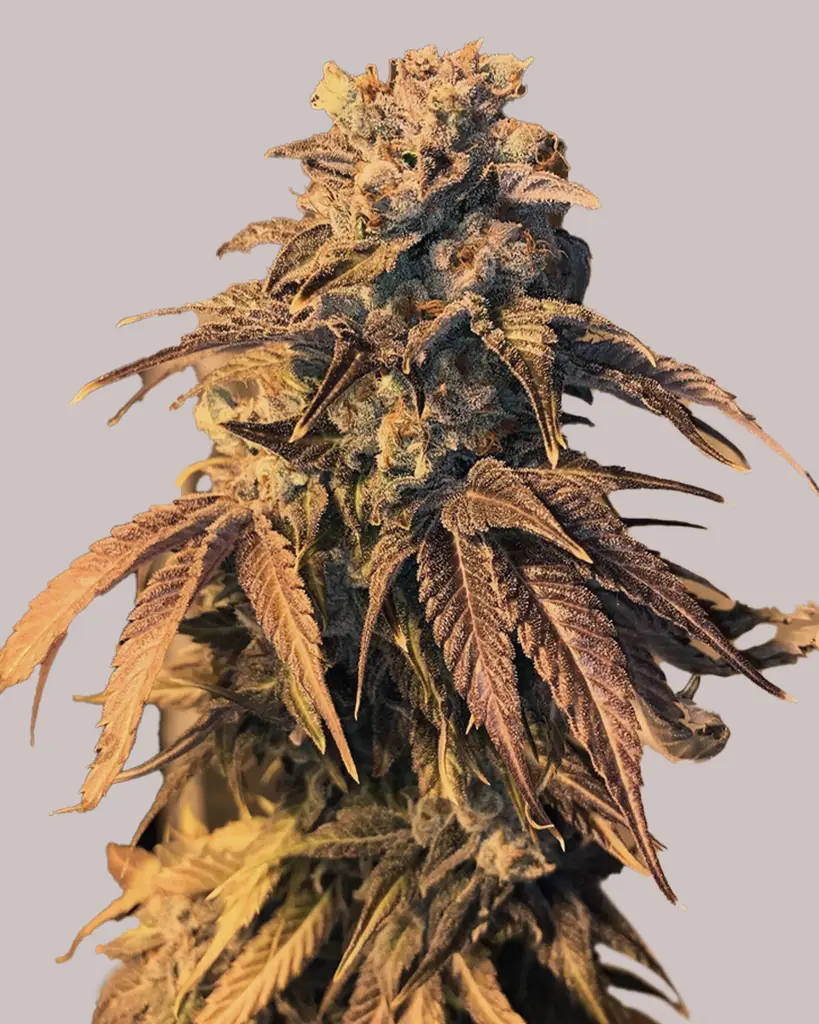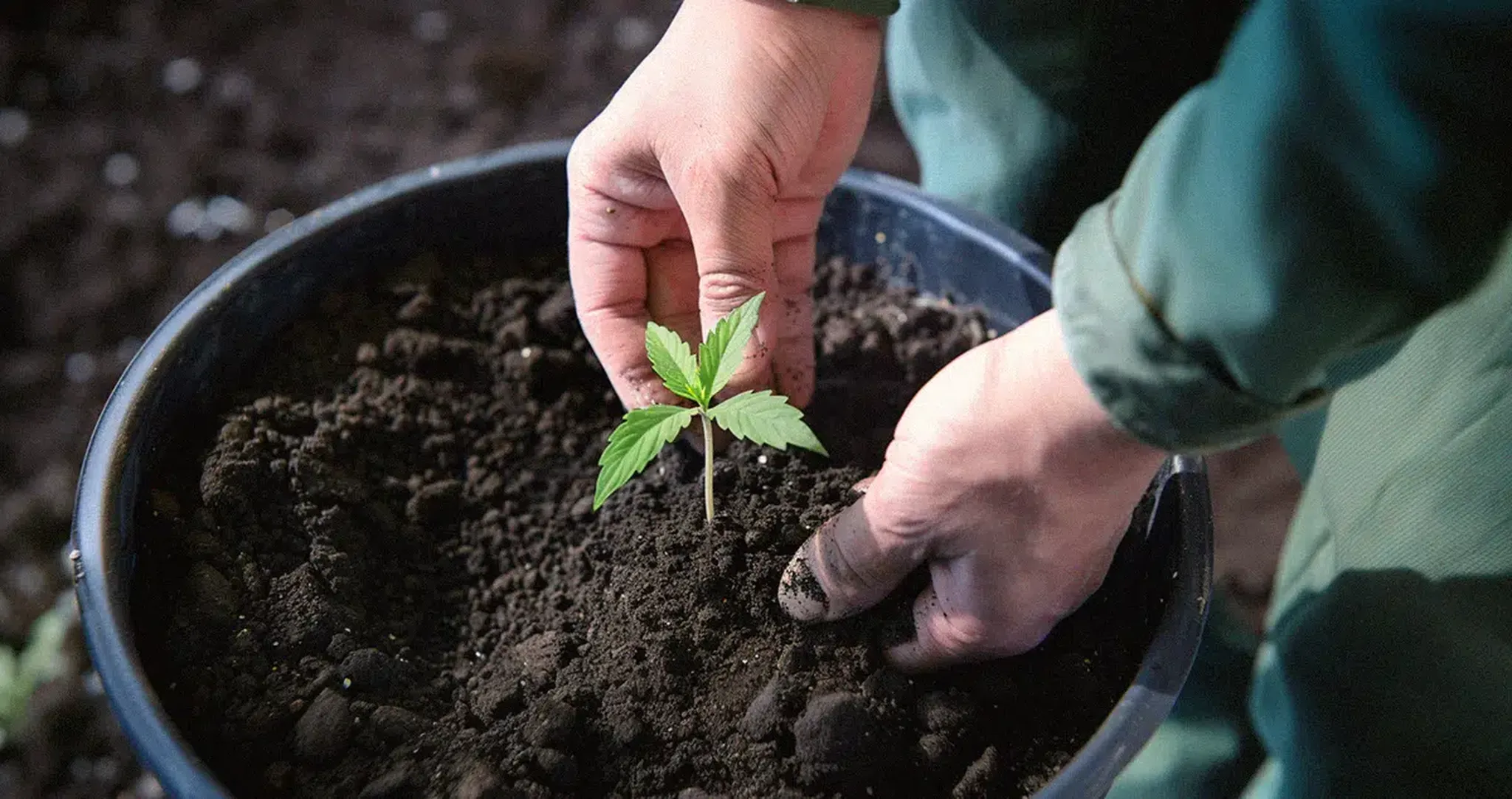
Table of contents
Let’s start with one simple truth: our veterans have carried more than their share of weight.
They’ve trained hard, served in high-stress environments, and often returned home with physical injuries and mental scars most of us will never fully understand. Chronic pain, sleep issues, anxiety, depression, and trauma—these aren’t rare for those who’ve spent time in uniform. They're common. And for too many veterans, those struggles don’t end when the deployment does.
Luckily, there is the cannabis plant.
A growing number of veterans are turning to cannabis for relief—and not just in theory. Many of them are finding that cannabis helps take the edge off where traditional treatments fall short or cause even more complications.
We’re not saying cannabis is a cure-all. It’s not. But for a lot of vets, it’s a lifeline. Join me in discovering the why and the how.
Cannabis For Veterans: Nothing New, Yet Still Current
Veterans are often given long lists of medications to manage the aftermath of their service—painkillers, antidepressants, anti-anxiety meds, and sleep aids. Sometimes they help. Sometimes they come with a whole new set of problems.
Cannabis provides a natural, plant-based solution that is more tolerable, and in some cases, more effective at relieving the severity of certain symptoms.
And veterans aren’t just experimenting on their own. They’re organizing, speaking out, and building communities to support plant-based healing—groups like the Weed for Warriors Project and Veterans Cannabis Project are leading the charge.
How Can Cannabis Help Our Veterans?

Let’s be honest: cannabis isn’t going to erase trauma or reverse injuries. But it can help make symptoms, and thus life, more manageable. These are the issues that veterans notice cannabis does the most good:
1. Post-Traumatic Stress
Cannabis may ease intrusive thoughts, lower anxiety, and reduce hypervigilance. It’s also been shown to improve emotional regulation and help some vets feel more in control of their mental state.
2. Sleep Disruption and Nightmares
A lot of veterans struggle with falling asleep—or staying asleep. Cannabis, particularly THC-rich strains, can shorten REM sleep, which reduces nightmares. That can make a huge difference for someone waking up in a cold sweat night after night.
3. Chronic Pain
When joint pain, nerve damage, or old injuries flare up, cannabis can help reduce inflammation and discomfort without the risks that come with long-term opioid use.
4. Depression and Anxiety
CBD and balanced THC/CBD strains are a great help for those who want to ease anxious thoughts or find a lighter mood without feeling sedated or numb.
Why Cannabis Works: The Endocannabinoid Connection
Now let’s get into the "why" behind all this.
Your body has a natural system called the endocannabinoid system (ECS). It plays a role in regulating mood, pain, sleep, immune function, and memory. In other words, it helps keep your internal environment balanced and steady.

The ECS works through three main mechanisms:
Endocannabinoids (cannabis-like compounds that your body makes naturally)
Receptors (mainly CB1 in the brain and CB2 in the immune system)
Enzymes (to break down endocannabinoids when they’re no longer needed)
Veterans dealing with post-traumatic stress, anxiety, or chronic pain often have lower levels of endocannabinoids. That can throw the whole system off because their bodies don’t produce enough of the natural compounds needed to regulate stress, pain, and mood. This can make the nervous system feel like it’s stuck in fight-or-flight mode, even when there’s no immediate threat.
THC’s Role in Relieving Sleep Issues, Anxiety, and Pain
THC (tetrahydrocannabinol) is the compound in cannabis that gets you high—but it also plays a deeper role. It mimics one of your body’s own cannabinoids: Anandamide. Anandamide is nicknamed the “bliss molecule” because it helps regulate things like mood, pleasure, and pain tolerance.
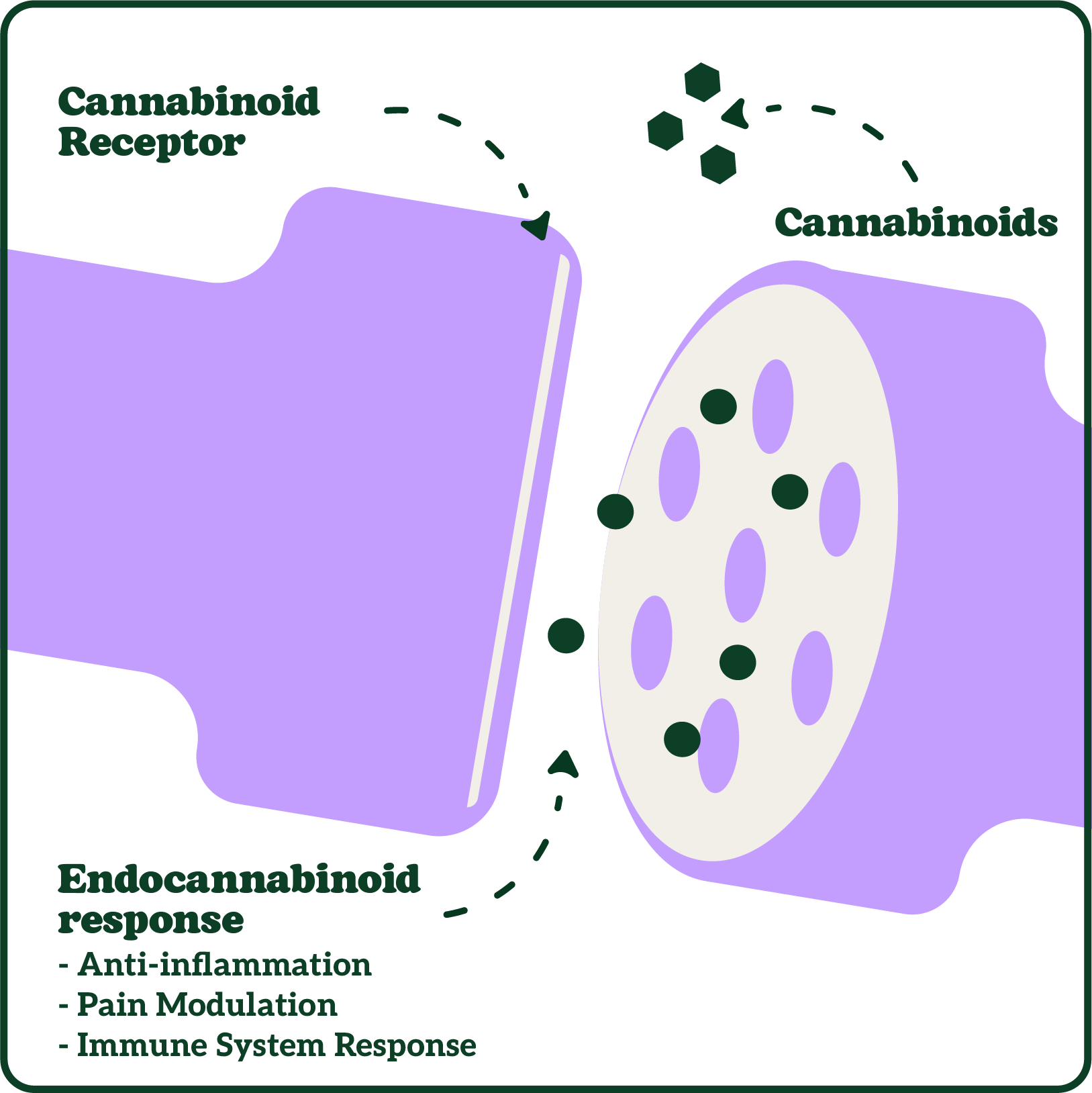
THC binds directly to CB1 receptors in the brain and nervous system. When that happens, it can:
Calm overactive fear responses
Reduce the emotional intensity of traumatic memories
Help the body relax enough to fall asleep and stay asleep
That’s why THC-heavy strains are sometimes preferred for nighttime relief, especially for those dealing with nightmares or flashbacks.
CBD’s Role as an ECS Modulator
Now let’s talk about CBD (cannabidiol) and the part it plays.
CBD doesn’t bind directly to CB1 or CB2 receptors the way THC does. Instead, it works more like a modulator. Think of it as the system’s quiet support crew—it doesn’t steal the show, but it helps everything run smoother.

Here’s what CBD does:
It increases your natural endocannabinoids
CBD blocks the FAAH enzyme, which normally breaks down anandamide. By doing that, CBD helps keep more of your natural “feel-good” cannabinoids active in your system for longer. This can help you feel calmer, more balanced, and less reactive to stress.
It balances out the effects of THC
Too much THC can sometimes lead to anxiety or racing thoughts. CBD can buffer that response, making the experience more manageable. This is why balanced strains (with a 1:1 THC to CBD ratio) are often recommended for daytime use or when you're not trying to feel “high.”
CBD also interacts with non-cannabinoid receptors
CBD also interacts with serotonin (5-HT1A) and pain (TRPV1) receptors. That is how CBD also helps to reduce inflammation and can help regulate how intensely you feel pain.
Choosing the Right Cannabinoid Balance
Cannabis isn’t one-size-fits-all. Different ratios of THC and CBD can lead to different effects. Here’s a general breakdown to help you think through what might work best for your needs:
For Sleep Problems & Nightmares
Look for higher THC and low CBD strains like:
Godfather OG: Not only is she an indica-dominant strain with THC levels around 28%, but her terpene profile is known to help you get into a deeper state of relaxation.
L.A. Confidential: Same as Godfather OG, really. Lots of THC (23%, slightly less, which can be a good thing for some) and a terpene profile dominated by Caryophyllene, Myrcene, and Linalool.
Why? Because THC can reduce REM sleep (which lessens vivid dreaming) and help relax muscles and nerves for deeper rest.
For Daytime Anxiety or PTSI Symptoms
Look for a balanced THC:CBD (1:1) strain like:
Critical Mass CBD: THC and CBD ratios are around equal with this strain, both circling the 10% mark. This is a great ratio to help you take away a large part of that anxiety and other PTSI-related issues.
Cannatonic: Just like with Critical Mass, Cannatonic is one of our special blends that was bred for balance. It takes the edge off without adding any on the other side of the equation. And with that I mean it will bring you relieve without giving you that heady or racey headhigh.
Why? Because the balance gives mild euphoria and relaxation without overwhelming psychoactive effects. Great for focus and calm.
For Chronic Pain or Inflammation
Look for a high CBD, low THC strain if you want the benefits without feeling too high:
Strawberry Kush CBD: A nice indica-leaning yet sweet strain with 9% CBD and no THC. Does the trick, but without the hit!
OG Kush CBD: Even more CBD at the same amount of THC (15% vs 0%).
Why? CBD may reduce inflammation and pain signals (through the serotonin and pain receptors) without the high, allowing for clear-headed pain management.
For Depression & Mood Boosting
Look for a moderate THC level and a bit of CBD to keep it balanced, like Orange Bud. This is a nice and laid-back strain that is great for a daytime mood boost
Why? A light lift in mood and motivation, with CBD helping to round out any anxiety that might come from an already moderate THC level.
One more thing, though: Everyone’s body is different, so that it might take some experimentation. Start slow, track how you feel, and adjust as needed.
Growing Your Own: Empowerment in the Garden

Here’s a truth most dispensary owners won’t tell you: growing your own cannabis isn’t just cheaper—it’s empowering.
Many veterans live on fixed incomes, and premium cannabis isn’t cheap. When you grow it yourself, not only do you cut costs long-term, but you also take control over exactly what you’re consuming.
You know what went into the soil. You know how it was grown. And for a lot of vets, the act of growing itself is therapeutic. It gives structure, purpose, and connection to something living. Some say it helps just as much as the cannabis itself.
If you’re curious about growing and don’t know where to start, that’s where we come in. ILGM helped plenty of first-time growers (many of them veterans) set up small, manageable home grows—indoors or outdoors. It’s not as complicated as it looks, and once you get into it, it can be deeply rewarding.
To Our Veterans: We See You. We Thank You.
Your service—your sacrifice—means something. And even though words can’t undo what you’ve endured, we want you to know this: we’re grateful. We’re inspired by your strength, your resilience, and your determination to keep going even when the battle’s moved inside your own body or mind.
At ILGM, we feel proud to be a small part of your healing journey. If growing cannabis helps make your days a little easier, your nights a little more restful, and your pain a little less sharp—we’re honored to help make that happen.
And this is not just coming from us, just listen to members of our community telling the story of how cannabis and growing it helped them:

Organizations to Support or Reach Out To
If you or someone you know is looking for more resources, these organizations are doing real, on-the-ground work for veterans and cannabis:
Consider donating, volunteering, or simply sharing their work. It all makes a difference.
And if you’re a vet reading this—thank you. You’re not alone, and there’s a community here that’s got your back.

Herbert M Green
As ILGM’s Head of Cultivation and Education, Herbert M. Green has only one mission: making growing cannabis easy and accessible for all.
Continue Reading
You might also find these interesting.

